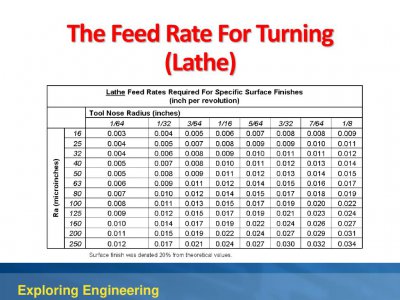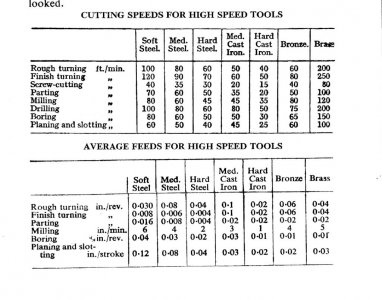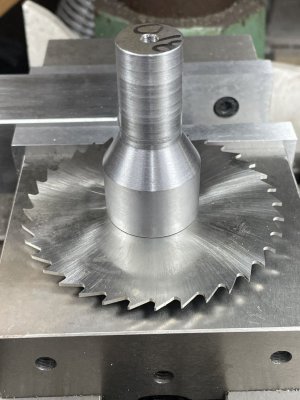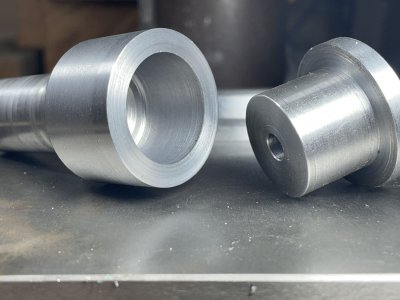Good question Frank, the scale is long gone, it’s become an experiment now. Currently running it with a brand new HAS insert and while it’s not as shiny of a finish as the carbide left, it is smoother, which is good in my book.
I have not tried to double the feed rate. Maybe I should. I just assumed that the faster the lead screw turned, it would leave more raised “strings” since I’m not running the RPM too fast. -John
I have not tried to double the feed rate. Maybe I should. I just assumed that the faster the lead screw turned, it would leave more raised “strings” since I’m not running the RPM too fast. -John





